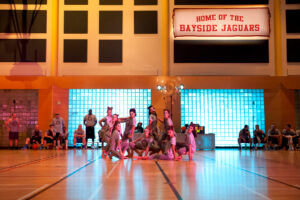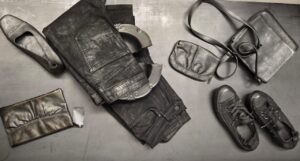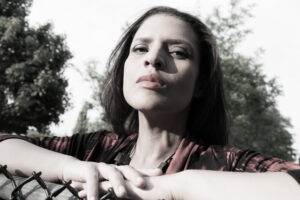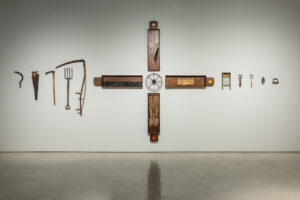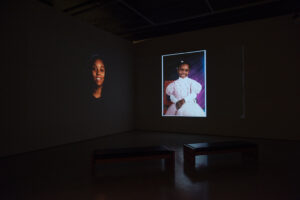No one can deny the Dutch connection to landscape. While it is true that paintings of nature existed before the Dutch baroque, our current understanding of what constitutes a landscape is largely based on the paintings of this period. Even the word “landscape” is derived from the Dutch “landschap”. No longer merely a backdrop for an allegorical or religious theme, landscape developed into a subject in its own right during this period, largely as a result of new attitudes towards private ownership of property and colonial expansion. And if anyone understood the value of land, it was the Dutch.
Of course Monica Tap is not Dutch, but Canadian. Originally from Alberta, she studied at NSCAD in Halifax and taught a Guelph, and now divides her time between Toronto and New York. But her heritage is Dutch and she has carefully studied that country’s illustrious landscape tradition. Canada too has a long history of landscape painting and it is the bringing together of these two traditions that characterize Tap’s latest work, which is based on videos of landscape taken from buses, cars and trains. Navigating the terrain between painting and other media is nothing new for her. Her last series of paintings were based on old master drawings of nature that she superimposed onto canvas using a projector to create new densely layered compositions.
Tap’s conceptual investigations into the codes of pictorial illusionism and perception bring together past and present, raising question of place, time and authorship. Working in the dark, using video images as source material, Tap reminds us that the medium of paint is haunted by its history and her own memory. She remembers, as a child, riding in her parents’ Pontiac watching the praries roll past through a blurred screen of trees, her focus fixed on the distant horizon so that the narrow band of trees bordering the field would blur as they drove by.
After completing the first few works in this recent series, she noticed that the paintings reminded her of what it looked like to watch the prairie roll by at car speed. As Tap puts it, her paintings “hover at the threshold between abstraction and representation – the suspended moments when an abstract collection of dots and dashes coalesce into a recognizable image. Ideally the paintings operate at a metaphoric threshold between past and present”. While referring to the past, Tap’s “high speed” landscapes are undoubtedly well suited to today’s fast-paced life.
